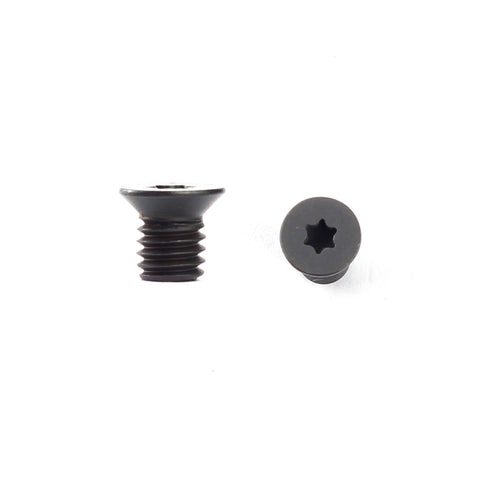Screws are ubiquitous fasteners used in various applications, from woodworking to construction and beyond. Among the different types of screws available, the flat top screw is a common choice due to its versatility and ease of use. In this article, we will explore the technique of screwing in a flat top screw, highlighting the essential steps and considerations for successful installation.
The flat top screw, also known as a countersunk screw, is designed to sit flush with the surface it is being screwed into. This creates a smooth and even finish, making it ideal for projects where aesthetics and functionality are equally important. Whether you're working on furniture assembly or securing materials together, mastering the technique of screwing in a flat top screw is essential.
The first step in screwing in a flat top screw is selecting the appropriate screwdriver. Flat top screws typically have a slotted head, requiring a flathead or straight blade screwdriver. It is crucial to choose a screwdriver that matches the size and width of the screw slot. Using the wrong-sized screwdriver can lead to slipping or damage to the screw head, making it difficult to achieve a secure fit.
Before inserting the screw, it is essential to prepare the surface by creating a pilot hole. A pilot hole is a small, pre-drilled hole that guides the screw into the material, reducing the risk of splitting or cracking. The diameter of the pilot hole should be slightly smaller than the screw's outer diameter to ensure a tight and secure fit. Using a drill with an appropriate drill bit, carefully create the pilot hole at the desired location.
Once the pilot hole is prepared, it's time to align the screw with the hole and begin the screwing process. Place the screwdriver's flat blade into the screw slot, ensuring a firm grip. Apply downward pressure to keep the screwdriver securely in place while turning it clockwise. It is crucial to maintain a consistent and steady force to prevent the screwdriver from slipping out of the slot or damaging the screw head.
As the screw is driven into the material, it is important to monitor the depth to achieve the desired flush finish. To ensure accuracy, you can use a depth stop or gauge on your screwdriver, which allows you to control the depth of the screw. Alternatively, you can visually assess the screw's depth by periodically checking its alignment with the surface. Adjust the pressure and speed as necessary to maintain control throughout the screwing process.
It is worth mentioning that over-tightening a flat top screw can cause the material to split or the screw head to sink below the surface. To prevent this, stop turning the screwdriver once the screw is fully seated and flush with the surface. At this point, the screw should be firmly secured without any wobbling or movement.
In situations where you need to remove or replace a flat top screw, simply use the reverse motion, turning the screwdriver counterclockwise. Apply steady pressure while turning to loosen the screw from its position. If the screw is stuck or resistant to removal, applying some penetrating oil or lubricant can help ease the process. Avoid using excessive force, as this can strip the screw or damage the surrounding material.
In conclusion, screwing in a flat top screw requires attention to detail and proper technique to achieve a secure and flush fit. By selecting the correct screwdriver, creating a pilot hole, and maintaining control during the screwing process, you can successfully install flat top screws with ease. Remember to monitor the screw's depth and avoid over-tightening to prevent damage to the material. With practice and patience, you can master the art of screwing in flat top screws, making them a reliable choice for various projects.
